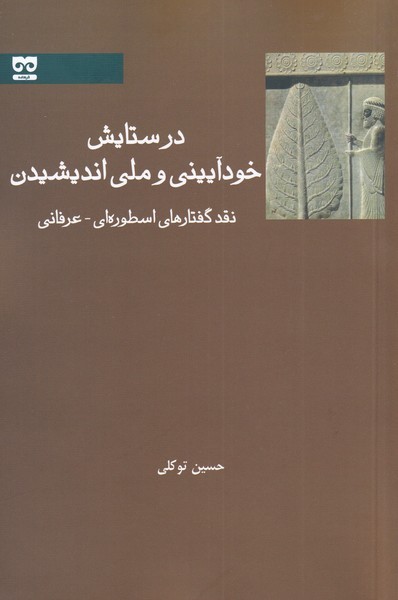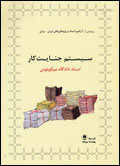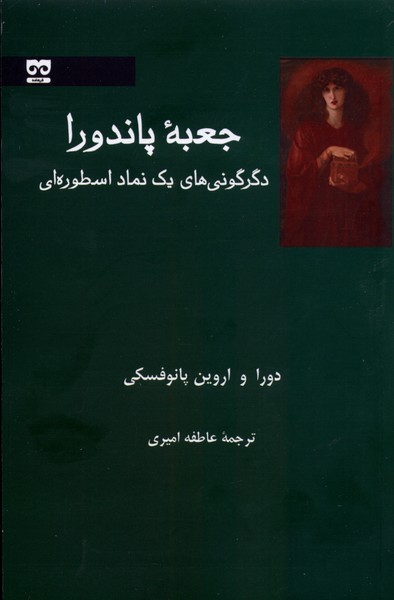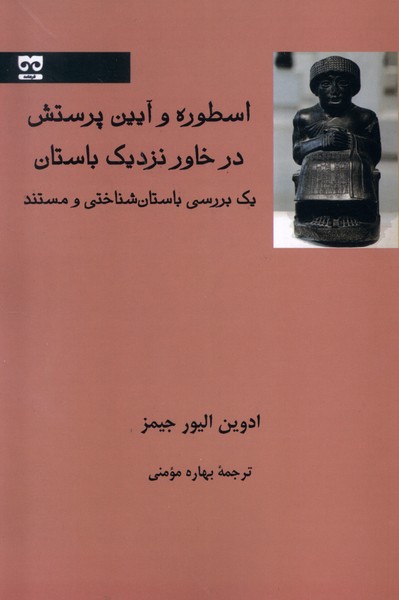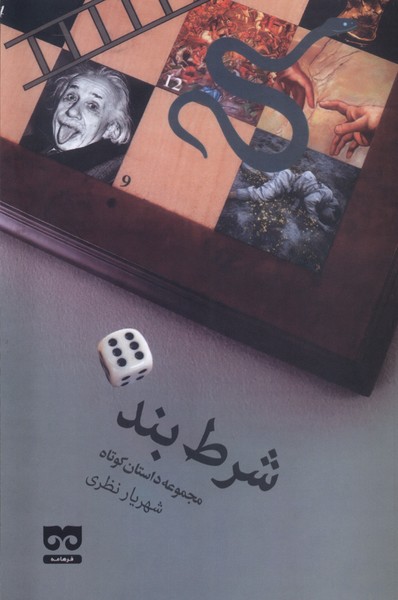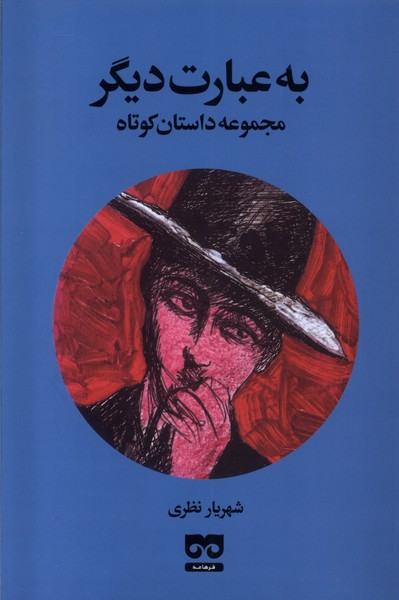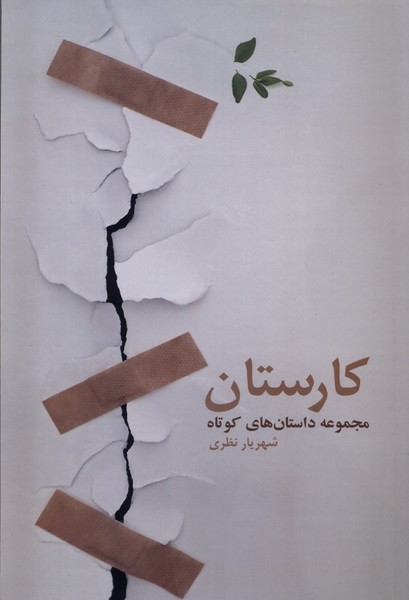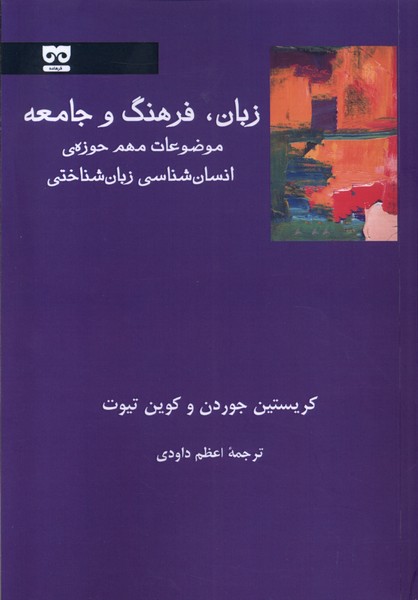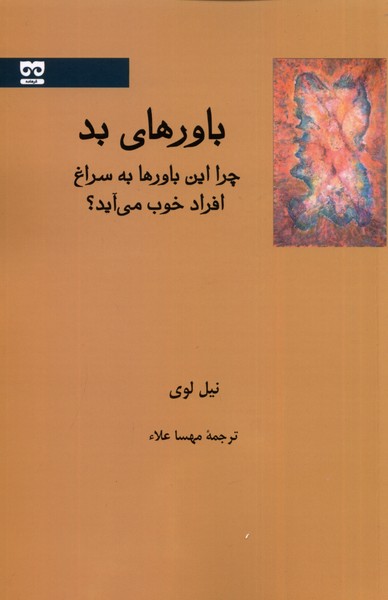در ستایش خودآیینی و ملی اندیشیدن فارسی 1401
Dar sitāyish-i khud'āyīnī va millī andīshīdan
16٫37 £
اشتراکگذاری
Wishlist
The expansion of the characteristics of the mythical-mystical mentality over the centuries has fueled a fundamental break from historical, philosophical, and political thought and, as a result, stagnation in what Hegel called the "childhood of the soul". In the upcoming research, various examples have been used in order to analyze and measure the manifestations of mythological-mystical discourses in the field of history, society, and politics, as well as why, how, how much, and how they are constructed, in the light of philosophical and literary theories. Part of these examples is covered by the background of mythical beliefs and mystical tradition, another part is a number of political and social discourses of the 20th century of Iran that have emerged in the hermeneutic cycle of representations in "language" and "mystical-mystical" memory.
Mythological-mystical discourses in various fields always have the answer before the question, and therefore, for example, whenever the talk of "national thinking" is pushed, in an ahistorical and fallacious act, every "national" discourse is first associated with the "ideology of nationalism". And its political-economic background of the 19th century, following the emergence of the European national governments in the middle centuries, they think the same, then they try to empty it of any historical-philosophical meaning by reducing it to the vulgarity of the politics of the day and power litigation. In this book, the longevity of the "idea of Iran" has been discussed as a complex historical-philosophical phenomenon, which has no connection with the simplicities of intellectuals and conditioned political activists, as well as the doctrines of nationalism and its short-term European origin, based on its strong cultural foundation. Therefore, reducing it to the teachings of political ideologies is impossible and only harmful and destructive. Understanding the phenomenon of "Iran" from the eyes of Europeans, by applying their theories to the history and society of Iran and identifying it with the political units in the geography of West Asia, especially Iran, is quite easy, convenient, unprofitable, and deceptive. However, European researchers also do not completely believe that every concept and manifestation of the nation and the national cause is a product of 19th-century nationalism. But European-centricity, even when we are talking about a country with a history and experience completely different from Europe, is a fundamental element in most analyzes and historiography...
more
گسترش ویژگیهای ذهنیت اسطورهای–عرفانی در درازنای سدهها، به گسستی بنیادین از اندیشهی تاریخی، فلسفی، سیاسی و در پی آن واماندگی در آنچه هگل «کودکی روح» خوانده، دامن زده است. در پژوهش پیش رو، نمونههایی گوناگون و مختلف بهکار گرفته شدهاند تا نمودهای گفتارهای اسطورهای–عرفانی در پهنهی تاریخ، جامعه و سیاست، نیز چرایی، چگونگی، چندی و چونی ساختیابی آنها، در پرتو نظریههای فلسفی و ادبی واکاوی و سنجیده شوند. بخشی از این نمونهها را پیشینهی باورهای اسطورهای و سنت عرفانی در بر گرفته، بخشی دیگر را شماری از گفتارهای سیاسی و اجتماعی سدهی بیستمی ایران که در چرخهی هرمنیوتیکی بازنماییها در «زبان» و «حافظه»ی اسطورهای–عرفانی، پدیدار شدهاند.
گفتارهای اسطورهای–عرفانی در زمینههای گوناگون، همواره پاسخ را پیشاپیش پرسش در آستین دارند و از اینرو، برای نمونه، هرگاه سخن از «ملی اندیشیدن» رانده میشود، در کنشی تاریخگریزانه و مغالطهآلود هر گفتار «ملی» را نخست با «ایدئولوژی ناسیونالیسم» و پیشینهی سیاسی–اقتصادی سدهی نوزدهمی آن، در پی پدیداری دولتهای ملی اروپایی در سدههای میانه، اینهمان میپندارند، سپس با فروکاست به ابتذال سیاست روز و دادخواهی قدرت، میکوشند آن را از هر معنای تاریخی–فلسفی تهی کنند. در این کتاب، به دیرینگی «ایدهی ایران»، بهعنوان پدیدار تاریخی–فلسفی پیچیدهای پرداخته شده که به پشتوانهی سترگ شالودهی تنومند فرهنگی آن، هیچ پیوندی با سادهانگاریهای روشنفکران و فعالان سیاسی شرطیشده، همچنین آموزههای ناسیونالیسم و خاستگاه کوتاهمدت اروپایی آن ندارد. بنا بر این، فروکاستن آن به آموزههای ایدئولوژیهای سیاسی، ناممکن و تنها آسیبآفرین و تباهآلود است. دریافت پدیدار «ایران» از دیدگان اروپاییان، با کاربست نظریههای آنان به تاریخ و جامعهی ایران و اینهمانپنداری آن با وضع واحدهای سیاسی در جغرافیای آسیای غربی، بهویژه ایران، بس آسان، دم دستی، ناسودمند و فریبنده است. گو اینکه پژوهشگران اروپایی نیز، یکسره بر این باور نیستند که هر مفهوم و نمودی از ملت و امر ملی، فرآوردهی ناسیونالیسم سدهی نوزدهمی است. اما اروپامحوری، حتا هنگامی که سخن از کشوری با تاریخ و تجربهای بهکلی متفاوت از اروپا در میان است، در بیشتر تحلیلها و تاریخنگاریها عنصر بنیادین است …
more

